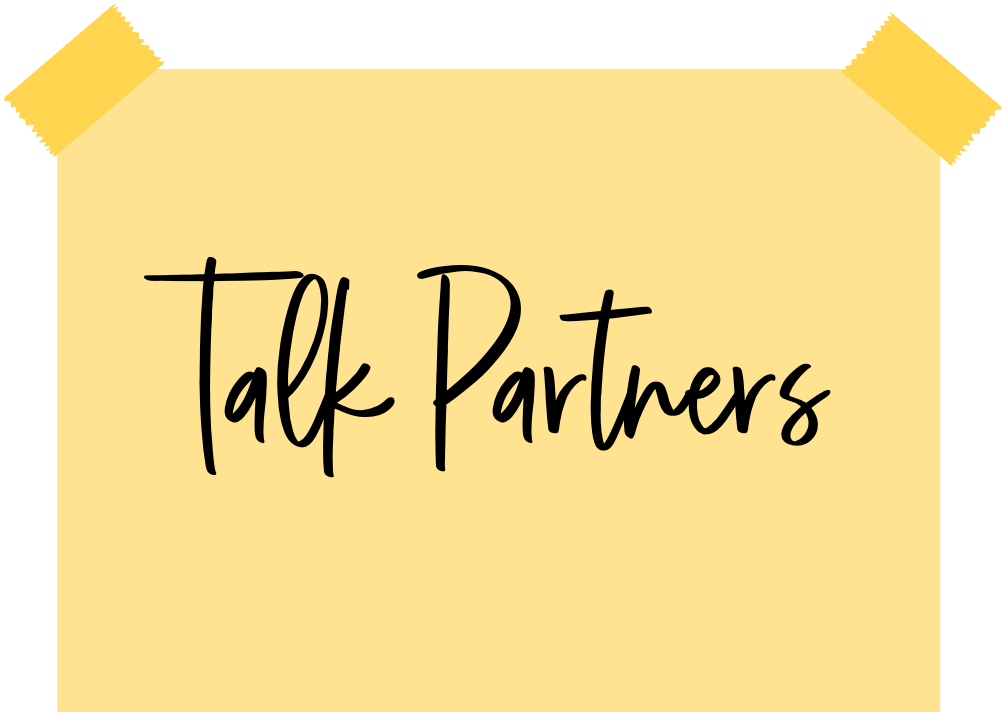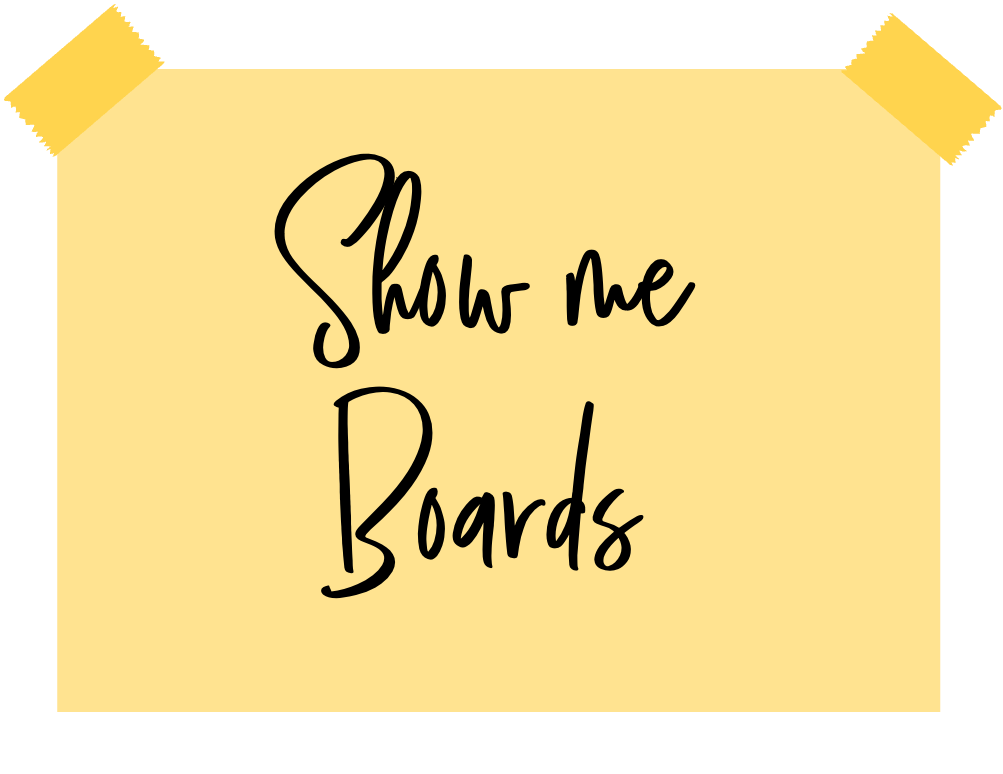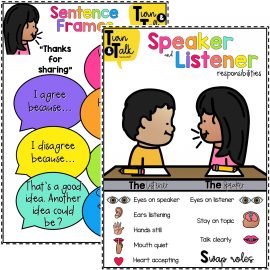
You have your class sitting on the mat for a group discussion after reading a favourite picture book. You know all the students loved it 🥰 You could see it in their expression whilst you were reading! You are wanting to ask students to share their opinions on the story.
So you ask:
![]()
✨And instantly hands pop up. Maybe 10 students?
There are those who are frantically moving from their bottom to knees as they wave their hands in the air JUST to make sure you can CLEARLY see they have something to say. There are also those who sit perfectly with their hands raised, knowing their immaculate behaviour will catch your attention. There are even one or two surprise students with their hands kind of half up – as if they aren’t entirely sure if they want to share. Oh, and we certainly can’t forget that one child who has his arm up, but doesn’t in fact have his hands up, because of course he was “just stretching” 🙆🏻♀️
10 out of 25. Not too bad I guess! There is a good chance though that most of these 10 students are the same 10 students…no matter what question you ask 🤦🏼♀️
So what about he other 15? How can we make them accountable, get them to want to participate, and help them realise that having a go is the ultimate goal and mistakes are ok?

And give these participation boosting alternatives a go! 🙌🏻

An easy to set up alternative to ‘raising hands’ in the classroom is using picking sticks – a tried and true method for many teachers. This strategy can easily be adapted for all grades and ages. With this strategy, the teacher writes each student’s name on a popsicle stick and then places the student sticks in a cup. Provide some thinking time after asking a question, and then pull a stick from the cup and call upon the student whose stick was chosen. As a teacher, you might need to be a bit purposeful at times in the way you do this as some students will be really uncomfortable with being called out. I have heard of teachers allowing students to “phone a friend” if they are unsure. I also used to assure my younger students that they were more than welcome to choose the same answer as another classmate.
Some cute ideas from fellow teachers are writing names on ping pong balls or adding names to the bottom of rubber ducks (called ‘lucky ducks’) 🐤
Our “Whoooo Will it Be?” Editable Name Sticks are another super cute way to make your own set of picker sticks.

This may take some time setting up with regards to expectations and routines, but boy oh boy is it worth it! 🤩
Talk Partners (sometimes called Think Pair Share) are a wonderful way to have all students participating in discussions. Partners can either be random, shoulder partners or a set partnership organised by the teacher that lasts a certain amount of time. When a question is asked, students have thinking time – and then they turn to face their talk partners and take turns sharing their responses. This is a truly valuable practice in the classroom as every student has the opportunity to not only share but learn from classmates. Teachers can then call upon certain students to share with the class. Every student is now able to share a response – whether it be their own original answer, or one that has developed since the discussion with their talk partners.
Our Turn and Talk Posters might help you get this super valuable process started!
I don’t know about you, but there is something about the click-clacking sound of a digital spinning wheel that gets the excitement building about who is going to have the chance to answer a question! There are loads of apps and web-based random pickers that you can enter students names into and have them appear at the click of a button – but my favourite is definitely our Spinner Digi-Tool. It’s so easy to enter and save student names, and it creates so much excitement as the name is chosen. This may not be your ‘go-to’ choice every time – but we want students to WANT to be picked, right? 🥳

Show Me Boards are simply individual whiteboards and are a great way to get all students thinking, reflecting and most of all – involved! Whilst this strategy can be better suited to some specific subject areas, it is a great way to make sure all students are paying attention.
Give students individual whiteboards and have them write a response to the question you are asking and hold it up for you to see. I like to have students hold them against their chest so other students can’t see their response, giving those timid students a bit more confidence to have a go without facing peer judgement. You could also use Show Me boards to check student understanding. Rather than responding with an answer, you could ask students to draw a tick, straight line or cross to show if they understand the concept and are ready to move on to the next question or topic – or if they need to spend some more time on it.

We also put the question to you, and your tips were fantastic!! Here are just a few:
Ideally everyone answers at the same time – thumbs up/down, write on show me, board, move to corners of the room if you think the answer is A/B/C – Kara.
I have something called ‘student lottery’ and it’s a jar full of ping pong balls with each student’s name on it. The rustling of balls is a nice attention grabber! – Sharon.
I use the ‘Teach like a Champion’ method where my students don’t put hands up, they put thumbs up. They hold their fist on their chest and put their thumb up if they are confident, thumb up but fist sideways if they’re not confident but want a go, or thumb tucked in if they’re unsure. They are taught that this is a private response so eyes forward and no looking around to see what their peers are doing. It’s a great way to get visual feedback too. – Denna.
Share with a friend and then their friend retells what was said. This gives the first child a chance to agree or disagree with the retell and everyone gets a chance to share their thoughts. Great for listening skills. – Wendy
We started training our kids not to put their hands up at all. Lots of Think Pair Share etc before anyone was asked. Every child knew they could be asked at any time but they had 3 responses if they weren’t ready to answer. Could you give me more time and come back to me? Can you ask that a different way? Can I ask a friend? Highly recommended. – Brenda.





